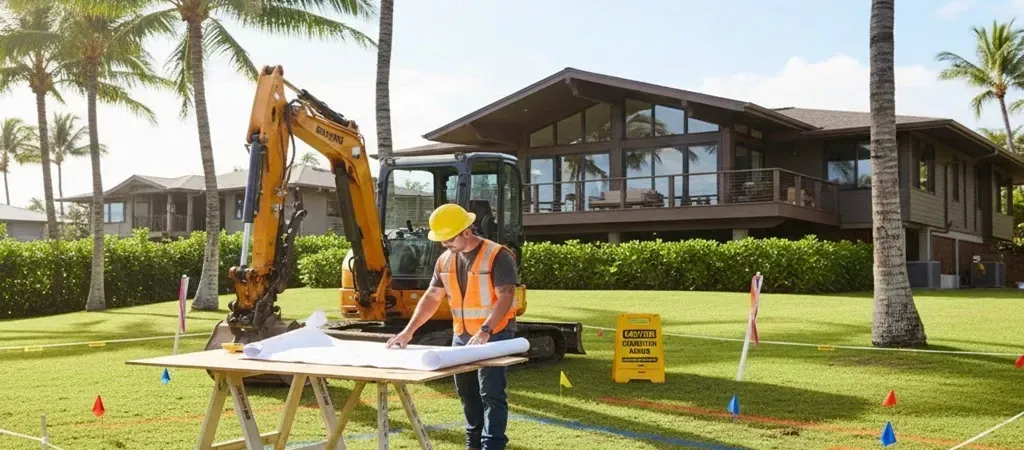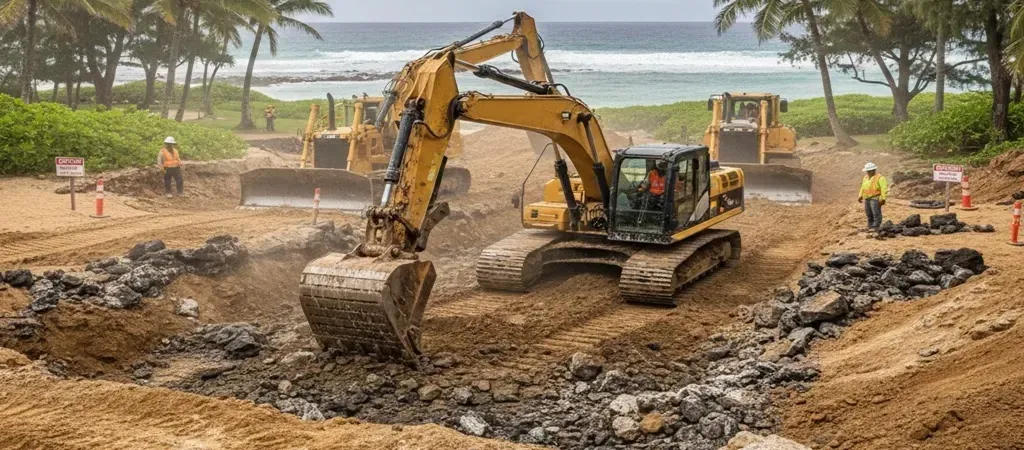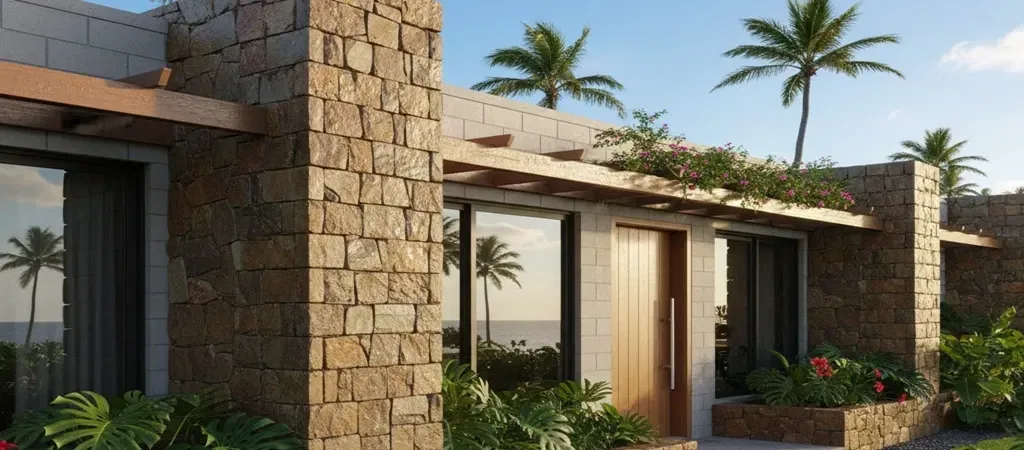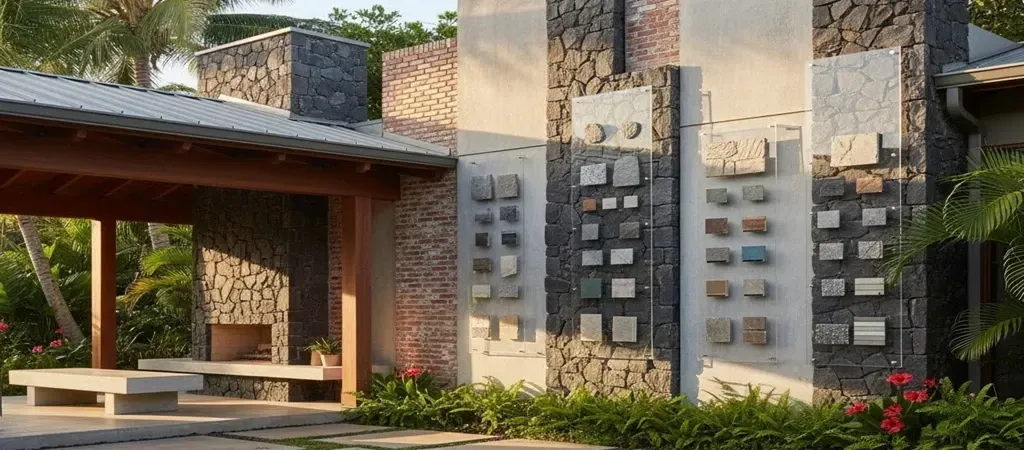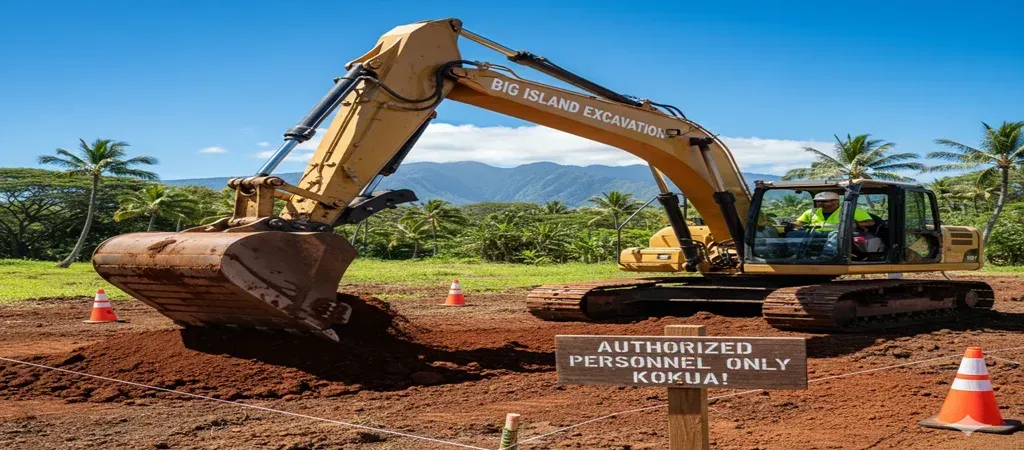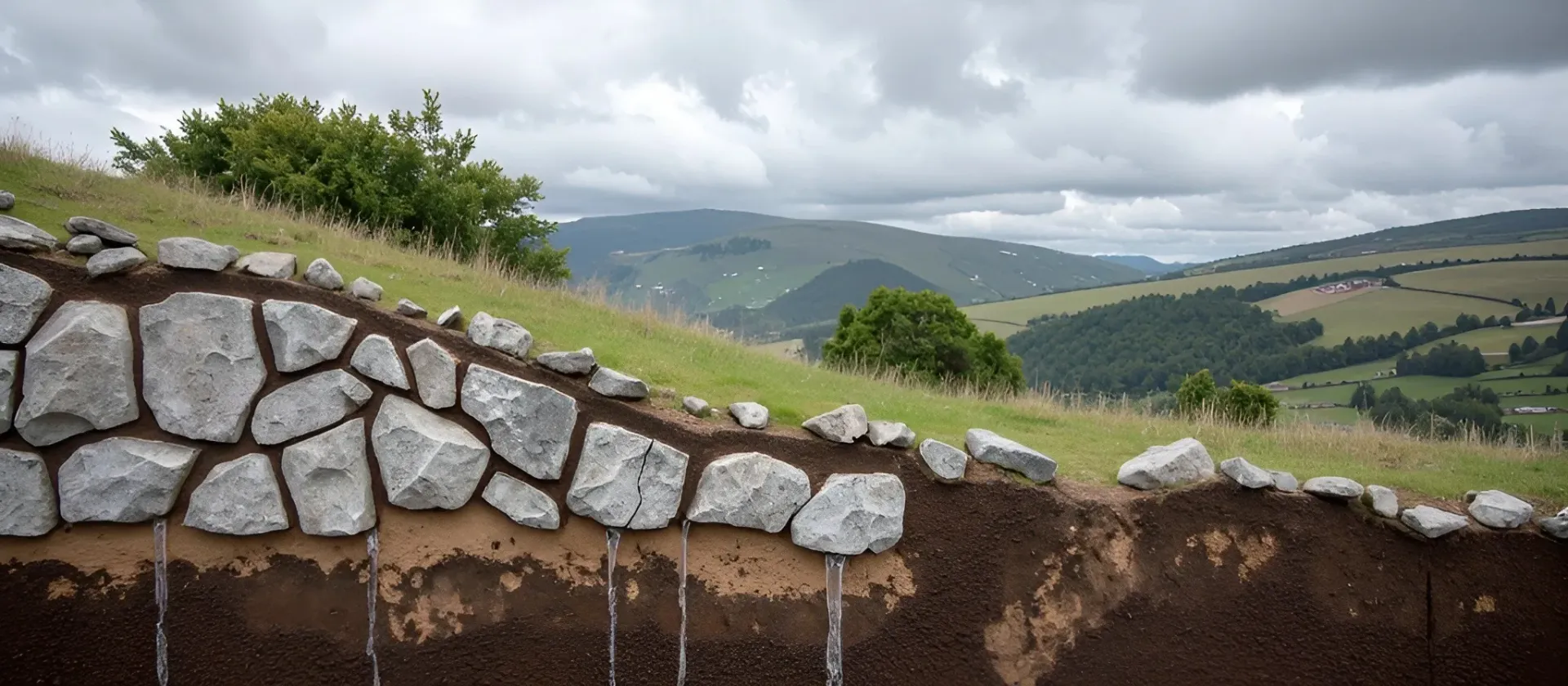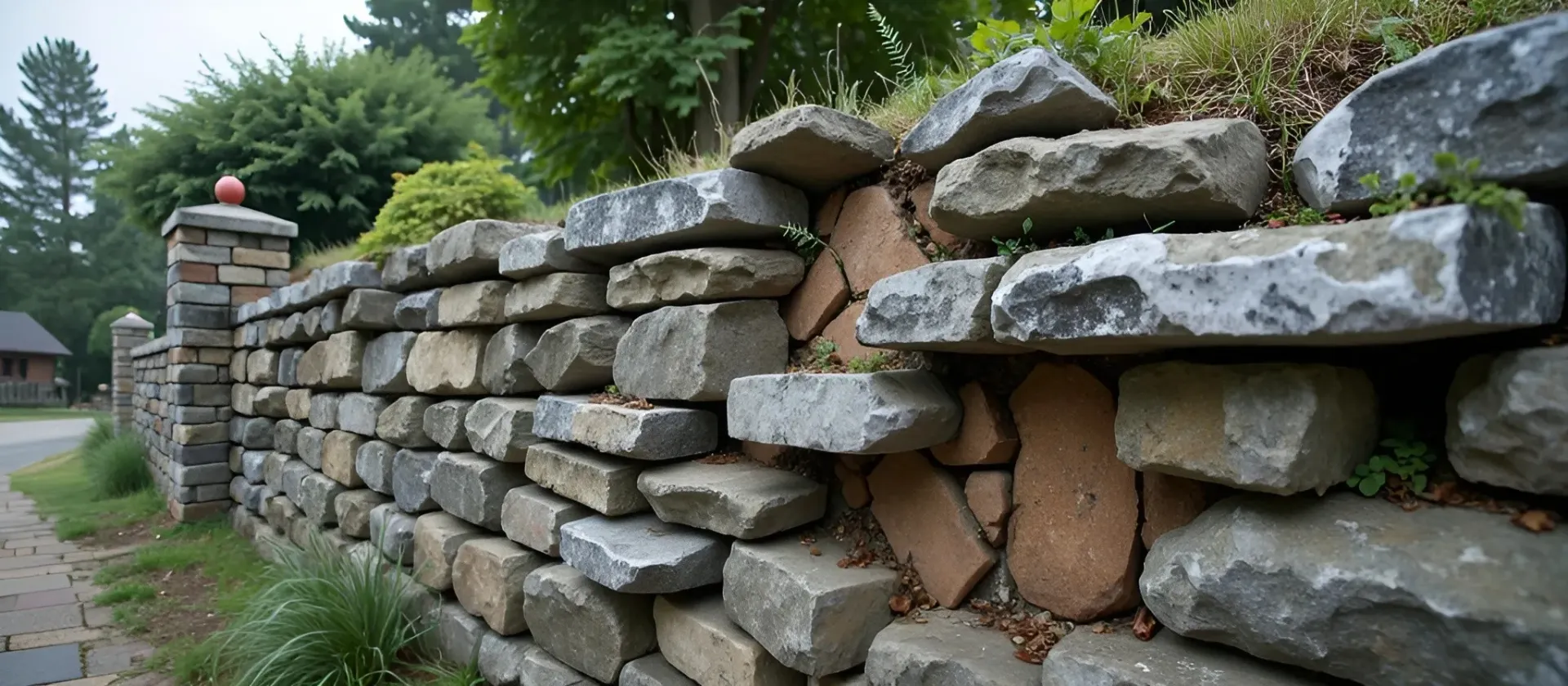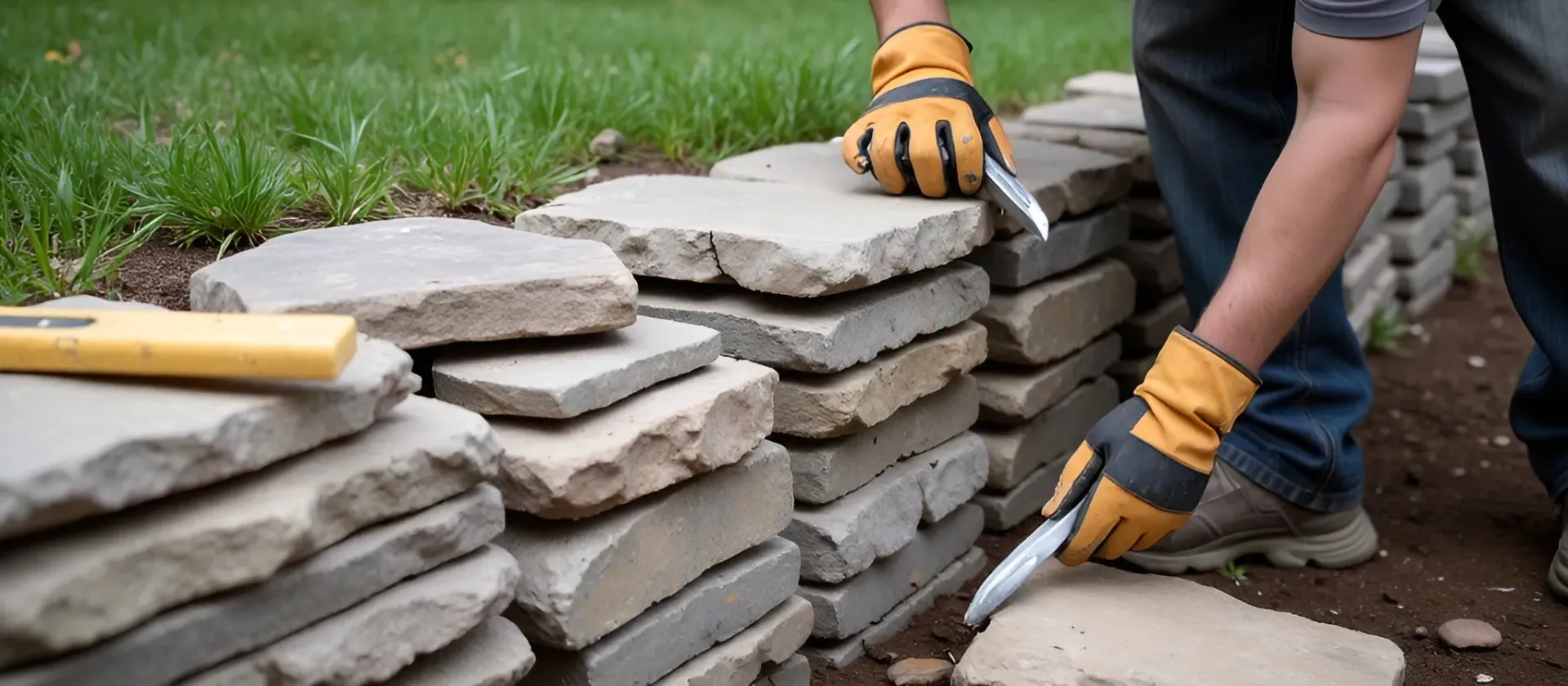Why Rock Wall Retaining Systems Are Essential for Island Construction
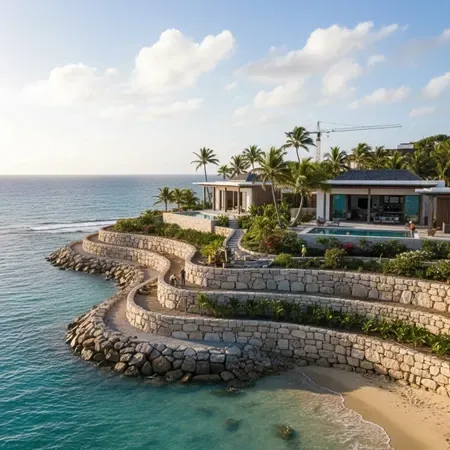
On an island, the land itself is always moving. Rain runs off steep slopes, trade winds carve into exposed soil, and ocean moisture weakens the ground beneath homes and roads. In such an environment, construction goes beyond building. It anchors people, places, and purpose. That’s why rock wall retaining systems have become one of the most trusted and time-tested solutions in Hawaii’s construction culture. More than boundaries, they serve as the backbone of Hawaii’s island landscapes.
Building on Island Terrain
Hawaii’s terrain is a patchwork of volcanic rock, clay soil, and steep inclines. It’s breathtaking, but it’s also unstable when left unsupported. Erosion, soil slippage, and foundation cracking are common challenges for homeowners and builders alike.
Rock wall retaining systems address all of these problems at once. By creating a strong, layered barrier, they stabilize slopes, prevent erosion, and manage stormwater runoff. Unlike wood or poured concrete that can crack and warp under pressure, properly constructed rock walls flex slightly with the terrain, making them ideal for islands where the ground never truly stands still.
Before choosing materials or layouts, it helps to understand what makes a retaining wall last. Explore essential design tips that blend function, durability, and beauty in every build.
Strength Rooted in Tradition
There’s a reason rock walls have been part of Hawaiian landscapes for centuries. Ancient Hawaiian builders used stacked lava stones to mark boundaries, protect crops, and manage water flow. The principle behind today’s retaining systems remains the same, relying on gravity, weight, and intelligent design to keep the land in balance.
Modern masons blend traditional stone-laying techniques with modern reinforcement methods like geogrid support and concrete footing. The result is a structure that looks natural yet performs to modern engineering standards. In other words, rock walls bridge past and present, proving that island wisdom still holds up under pressure.
Natural Erosion Control That’s More Than Decoration
Some homeowners see rock walls as ornamental, a way to make the property look more “island authentic.” But that view misses their real power. Retaining walls are first and foremost a functional defense system.
On steep properties from Kailua to Kāneʻohe, they act like a shield, preventing soil from sliding downhill during heavy rain. They direct stormwater safely away from structures and reduce sediment runoff into the ocean.
Without them, rainfall can easily erode foundations or flood neighboring lots, especially in areas where development has altered natural drainage paths. Rock walls don’t just protect one home but the entire neighborhood from slow, creeping damage.
Strength isn’t just about what you see above ground. Learn how water beneath the surface plays a crucial role in maintaining the integrity of rock walls across the islands.
Durability Built for Hawaii’s Elements
Concrete blocks may crumble, metal reinforcements rust, and timber rots, but rock endures. The basalt and lava stone used in most Hawaii retaining systems are naturally resistant to salt, water, and UV exposure.
A rock wall can last for generations with minimal maintenance, especially when paired with expert masonry work. It resists thermal expansion, holds up against minor seismic vibrations, and blends seamlessly with the island’s natural aesthetic.
And unlike synthetic materials that fade or peel, rock only grows more character with age, a living record of craftsmanship and time.
The Engineering Behind the Beauty
Though rock walls appear simple, each one is an engineered system. Every layer is strategically placed to distribute pressure evenly, allowing the wall to “breathe” with the landscape instead of fighting it.
Footing: Built below ground level to prevent sliding.
Drainage: Gravel backfill and weep holes release hydrostatic pressure.
Wall Batter: A slight backward slope enhances stability.
When these principles are followed, a retaining wall becomes not just a barrier but a long-term structural solution that supports the safety of homes, driveways, and gardens built on sloped terrain.
A rock wall may look simple, but the process behind it is anything but. See what you should know before stacking that first stone to ensure lasting strength and beauty.
Blending Function with Island Aesthetics
In Hawaii, utility alone isn’t enough. People build with the intention to reflect their environment and respect the ʻāina. That’s where rock walls shine.
Every stone is different, so every wall carries its own rhythm and personality. The dark tones of lava rock, the golds of coral stone, and the grays of basalt complement everything from plantation-style homes to sleek, modern architecture.
A well-built rock wall enhances curb appeal while serving a vital structural role. It can double as a decorative boundary, garden terrace, or privacy feature.
The secret to a wall that feels truly at home in Hawaii lies in the choice of stone. Find inspiration in materials that combine natural texture, color, and durability.
Sustainability Through Longevity
When discussing sustainable building practices, durability often gets overlooked. But what’s more sustainable than a structure that lasts a lifetime?
Because rock walls require minimal replacement or toxic coatings, they generate less waste than temporary retaining systems. Locally sourced stone also reduces transportation emissions and supports island quarries and tradespeople.
In short, choosing rock over concrete or wood is both environmentally and culturally responsible. It’s a decision that aligns with Hawaii’s core value of stewardship.
The Cost Perspective
Some homeowners hesitate at the upfront cost of a rock wall compared to a simple timber or concrete barrier. But when you factor in maintenance, lifespan, and repair costs, the equation shifts quickly.
A properly built rock retaining system can last fifty years or more with minimal upkeep. Concrete walls often require patching or full replacement within two decades, and wooden barriers rarely survive more than ten.
Over time, rock walls prove to be the most cost-effective option, providing both financial and structural stability.
Why Every Island Builder Recommends Them
Ask any experienced mason or contractor in Hawaii, and you’ll hear the same answer: rock walls are essential, not optional or decorative. They represent the intersection of art, physics, and aloha ʻāina (love for the land).
Whether used to hold a hillside, outline a driveway, or protect a commercial foundation, these walls are part of the island’s DNA. They allow development to coexist with nature instead of fighting against it.
If you’re planning a project that needs that same balance of strength and harmony, reach out to local rock wall experts who understand how to build with the island.


